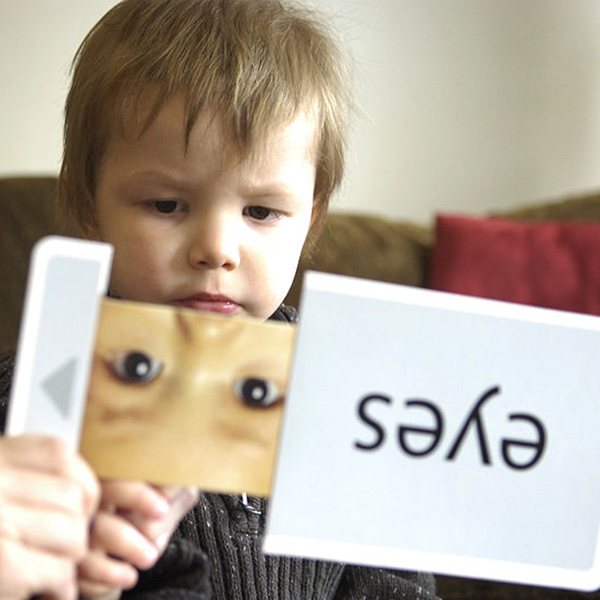The number of people with autism has more than doubled in the past six years. And within this group 88 per cent were identified as having a disability.
This latest snapshot of autism in Australia, released by the Australian Institute of Health and Welfare (AIHW), also showed that more than 83 per cent of those with autism were aged under 25. In 2014-2015, approximately 43,500 people with autism accessed services under the National Disability Insurance Scheme (NDIS). Around 64 per cent used community support services such as early childhood intervention and therapy support along with behaviour or specialist intervention services. An estimated 164,000 or one in 150 people had autism in 2015, up from an estimated 64,400 in 2009, according to Australian Bureau of Statistics Survey of Disability, Ageing and Carers.
Autism is most commonly identified in children and young people and most prevalent among children aged five to 14 in 2009, 2012 and 2015, reflecting the general increase in diagnosis for school age children. This group also experienced the greatest increase over time, though prevalence has increased across all age groups between 2009 and 2015. While it is not completely clear why the prevalence of autism is increasing, both higher levels of diagnosis and heightened awareness of the condition may have contributed to an increase in the reporting of autism-related disorders.
People with autism may face barriers in education associated with their condition. In 2015, there were an estimated 83,700 children and young people (aged 5–20) with autism and disability, living in households and attending school. The majority (85 per cent) reported difficulty at school, with more than one in four (28 per cent) attending a special school. The most common types of difficulty experienced were fitting in socially (63 per cent), learning difficulties (62 per cent) and communication difficulties (52 per cent. Students with autism used various resources to support learning, 56 per cent received special tuition, and 44 per cent a counselor or disability support person.
A variety of government, not-for-profit and private services are available to people with autism to provide assistance in everyday life. Government services have commonly been provided under the National Disability Agreement (NDA) and the Helping Children with Autism program (for children aged under seven), but these will progressively transition to the NDIS over time. Not all people with autism access formal support services, and some may receive assistance through mainstream health and welfare services.
In 2014–15, many NDA service users aged 15 and over with autism were not in the labour force (42 per cent). Almost one in four (24 per cent) were employed and one in three (34 per cent) were unemployed. Around three in four service users aged 16 and over with autism (74 per cent) received the disability support pension as their main source of income, while 13 per cent received another pension or benefit. Only six per cent reported paid employment as their main source of income.
Many people with autism currently receiving services under the NDA will transition to the NDIS as it rolls out. In 2013–14, 766 NDA service users with autism were reported in the Disability Services National Minimum Data Set held by the AIHW S as having transitioned to the NDIS, with another 364 reported in 2014–15. Service users with autism represented about one-fifth of all users who transitioned to the NDIS in each year.

